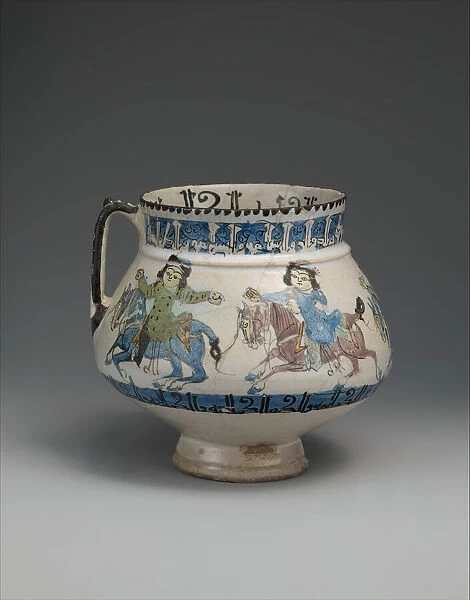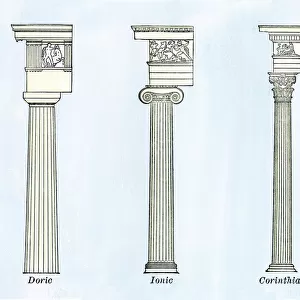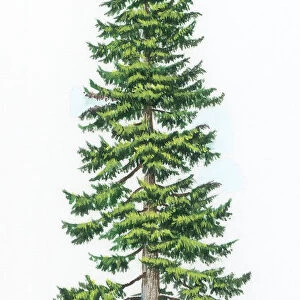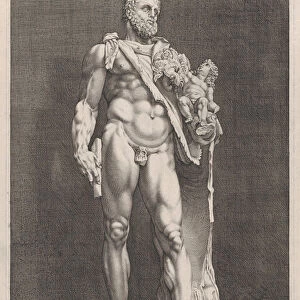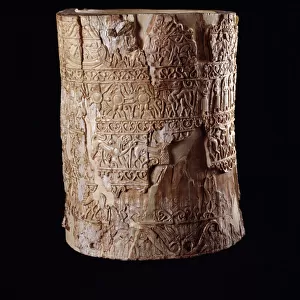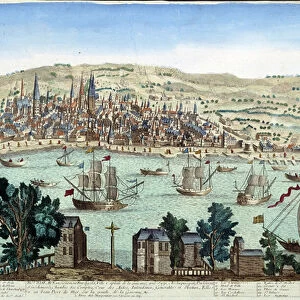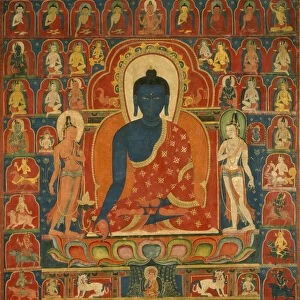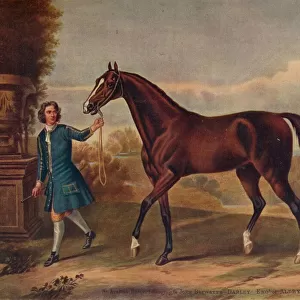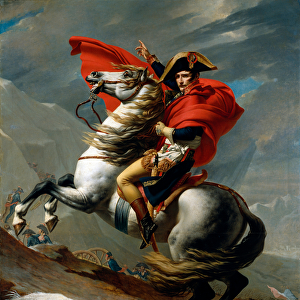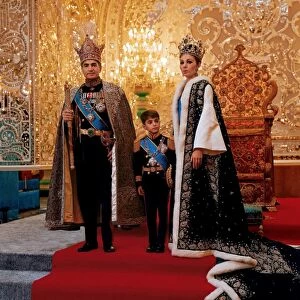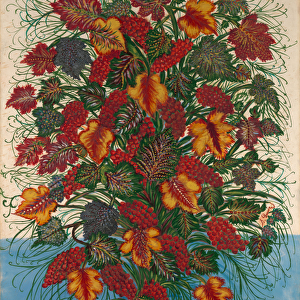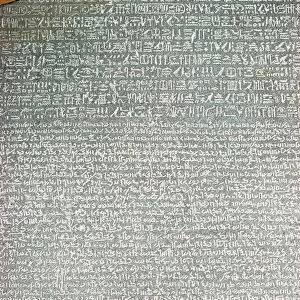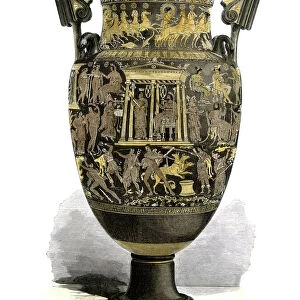Photo Mug > North America > United States of America > New York > New York > Sights > Metropolitan Museum of Art
Photo Mug : Ewer with Horsemen Inscribed in Arabic, Iran, 2nd half 12th-early 13th century
![]()

Home Decor from Heritage Images
Ewer with Horsemen Inscribed in Arabic, Iran, 2nd half 12th-early 13th century
Ewer with Horsemen Inscribed in Arabic with Good Wishes to its Owner, Iran, second half 12th-early 13th century. Horsemen in procession between two rows of kufic inscription. Mina i production
Heritage Images features heritage image collections
Media ID 20771948
© Heritage Art/Heritage Images
Arabia Arabic Auspicious Equestrian Ewer Fritware Good Fortune Good Luck Horseman Horsemen Inscribed Inscription Iran Iranian Kufic Persia Persian Riders Script Seljuk Empire Seljuq Stone Paste Stonepaste Twelfth Century Thirteenth Century
Large Photo Mug (15 oz)
Step back in time with our Media Storehouse Photo Mug featuring an exquisite image of an Ewer with Horsemen Inscribed in Arabic from the second half of the 12th to early 13th century, hailing from Iran. This unique mug showcases a stunning work of art from Heritage Images, with horsemen in procession between two rows of intricate kufic inscription. Perfect for tea or coffee, this Photo Mug is not only a functional addition to your daily routine but also a beautiful display of history and culture. Bring the rich heritage of the Middle Ages into your modern life with this one-of-a-kind mug.
Elevate your coffee or tea experience with our premium white ceramic mug. Its wide, comfortable handle makes drinking easy, and you can rely on it to be both microwave and dishwasher safe. Sold in single units, preview may show both sides of the same mug so you can see how the picture wraps around.
Elevate your coffee or tea experience with our premium white ceramic mug. Its wide, comfortable handle makes drinking easy, and you can rely on it to be both microwave and dishwasher safe. Sold in single units, preview may show both sides of the same mug so you can see how the picture wraps around.
These are individually made so all sizes are approximate
FEATURES IN THESE COLLECTIONS
> Animals
> Farm
> Horses
> Arabian Horse
> Animals
> Farm
> Horses
> Paint Horse
> Asia
> Iran
> Related Images
> Historic
> Ancient artifacts and relics
> Ancient pottery
> Historic
> Ancient artifacts and relics
> North America
> United States of America
> New York
> New York
> Sights
> Metropolitan Museum of Art
EDITORS COMMENTS
This print showcases an exquisite ceramic artifact known as the "Ewer with Horsemen Inscribed in Arabic". Originating from Iran during the second half of the 12th to early 13th century, this remarkable piece is a testament to the rich heritage and artistic prowess of Persian culture. The ewer features a procession of horsemen elegantly depicted between two rows of intricate kufic inscriptions. The vibrant blue color palette, polychrome inglaze and overglaze painting techniques, and opaque monochrome glaze minai add depth and charm to this masterpiece. Symbolizing good fortune and auspicious blessings, this ewer carries not only aesthetic beauty but also religious significance. Its inscription in Arabic conveys heartfelt wishes to its owner, reflecting the strong influence of Islam during that era. Crafted using stone paste or fritware technique by unknown artisans, this artifact represents the skilled craftsmanship prevalent in Persia under the Seljuk Empire. It serves as a window into history, offering glimpses into life during that period. Preserved at The Metropolitan Museum of Art (The Met), this heritage art piece stands as a testament to human creativity across centuries. As we admire its detailed depiction of equestrian figures riding gracefully on horseback, we are transported back in time to witness their majestic presence firsthand. Through this print captured by Heritage Images, we can appreciate both the cultural significance and artistic brilliance embodied within this ancient Iranian treasure.
MADE IN THE USA
Safe Shipping with 30 Day Money Back Guarantee
FREE PERSONALISATION*
We are proud to offer a range of customisation features including Personalised Captions, Color Filters and Picture Zoom Tools
SECURE PAYMENTS
We happily accept a wide range of payment options so you can pay for the things you need in the way that is most convenient for you
* Options may vary by product and licensing agreement. Zoomed Pictures can be adjusted in the Cart.


